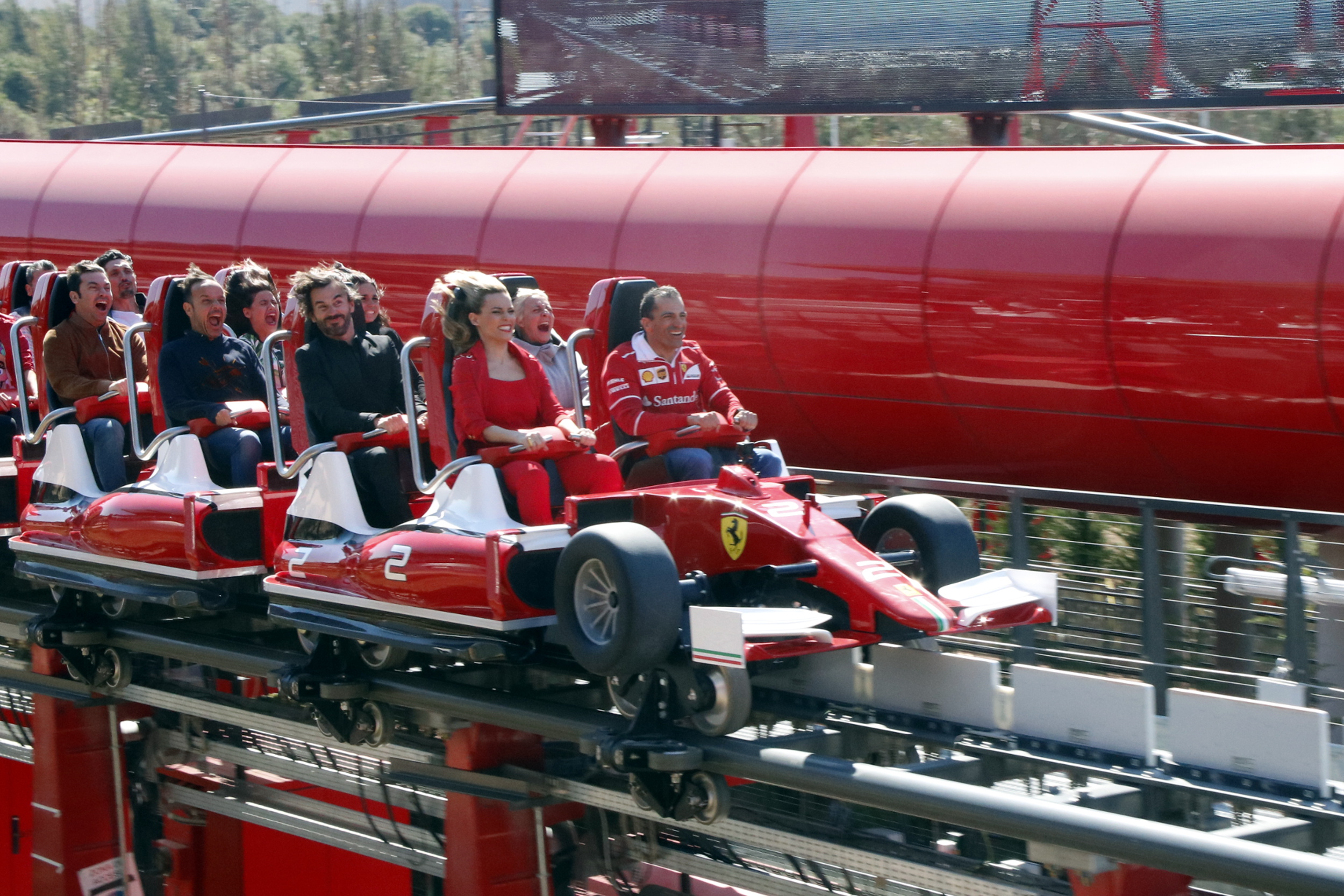Sorry to be so pragmatic, but I cannot believe they are not done with the trains yet.
Literally model them after the TTD Intamin trains that have bogeys which have been proven for 20+ years, install the magnetic fins for the retrofitted launch and be done with it.
The optimism from Tony is great, but the fact of the matter is nobody can confirm anything until those trains are on the track and running.
I'm not holding my breath.
If you’re up for some very backseat engineering (to add to
@Rollercoaster David), the fundamental issue lies in the inherent difference between how a hydraulic launch works and a magnetic launch. Unfortunately, simply rolling back the trains doesn’t solve this problem, nor a "just do what Intamin did" copy cat.
@Hixee and I actually wrote half a script for LSM launches when we were working on the Table of Elements video series (
https://www.youtube.com/watch?v=VJlX9ExZuCM&list=PLs4mq0P_NMca3O_igY4YxLX6iexGs__40), but realized it would be a 20-minute lecture on physics rather than coasters.

I know we’ve also discussed rough launch mechanics in detail over the past 52 pages, so here’s a quick summary: Hydraulic launches pull the roller coaster train forward over relatively stable track (the track isn’t wobbling due to launch forces). They only apply a force vector to the very front of the train (the cable is connected to the hitch at the front of the train), which means the tolerance for cars to jump and jostle around at high speed is relatively low. The back rows of cars are simply along for the ride and don’t have any critical connection to the track other than their wheels.
LSM, on the other hand, has fundamentally different launch mechanics. Force is exerted to push (not pull) the train forward, and it’s applied to the entire length of the train, not just a single car. The tolerance and clearance for LSM fins are also much smaller than a hydraulic cable and winch system, measured in millimeters of clearance. Ironically, hydraulic cables have little to no tolerance clearance need, except to ensure the cable doesn’t strike the track. This is how we (theoretically) got the hairline fractures on the coaster train—too much stress was induced on the train due to unforeseen vector forces, and this was compounded by additional complications from track and train shake during the triple launch pass. We saw the painter’s tape we used on day one market scoring on the LSM fins again.
Weighing down the train to enhance
structural rigidity is our hope (rather than adding weight for the sake of weight), but hairline fractures can ultimately be attributed to material science rather than poor design. Aluminum, steel, and other materials would still have their breaking point, regardless of the new design choice. Moreover, new train designs would not address LSM clearance or other track design elements that could still contribute to persistent high-level wear and tear.
TT2 is not a single-factor issue, and heavier trains aren't necessarily the sole saving grace. And "rolling back" to Intamin design as copy-cat doesn't necessarily solve this either - Red Force (our current, only successful LSM launching at 100+ MPH speeds) is a complete departure from the original Hydraulic launch design, from a single-fin launch (TTD magnetic braking had 2-fin array), smaller distance between supports (I'd imagine to reduce track wobble), and updated Intamin track design (no cool-looking quad rail):
Yes, we obviously have an under-engineered coaster design. And no, there isn't an "obvious" fix to the ride, especially to just "do what Intamin did."

